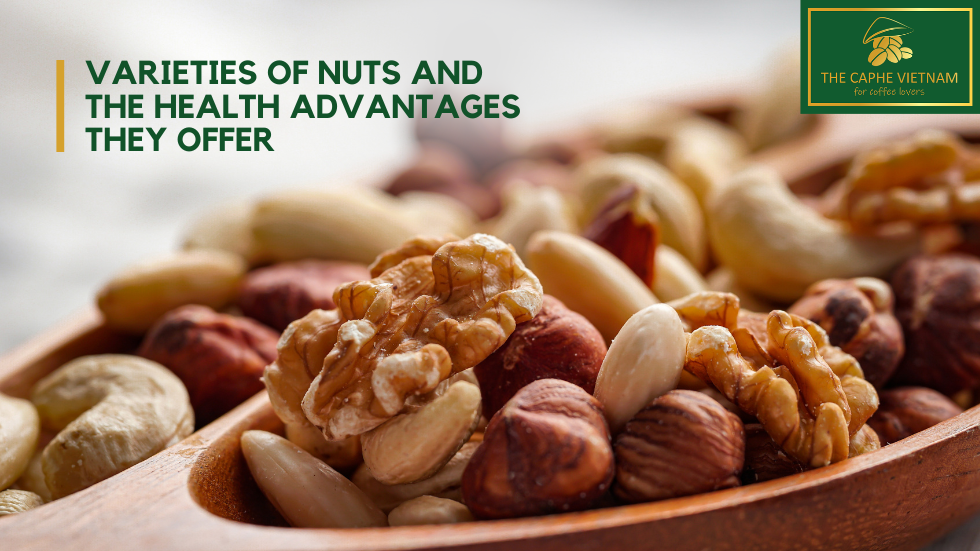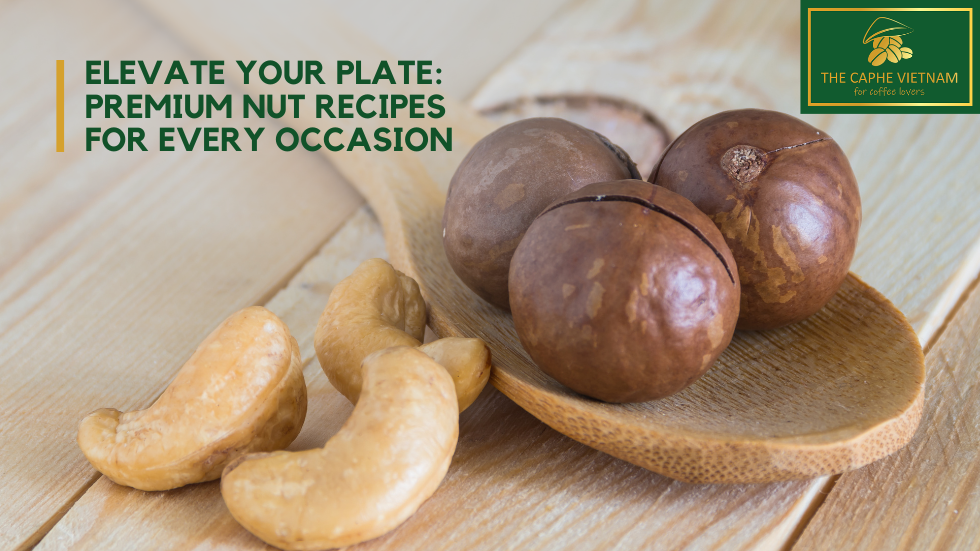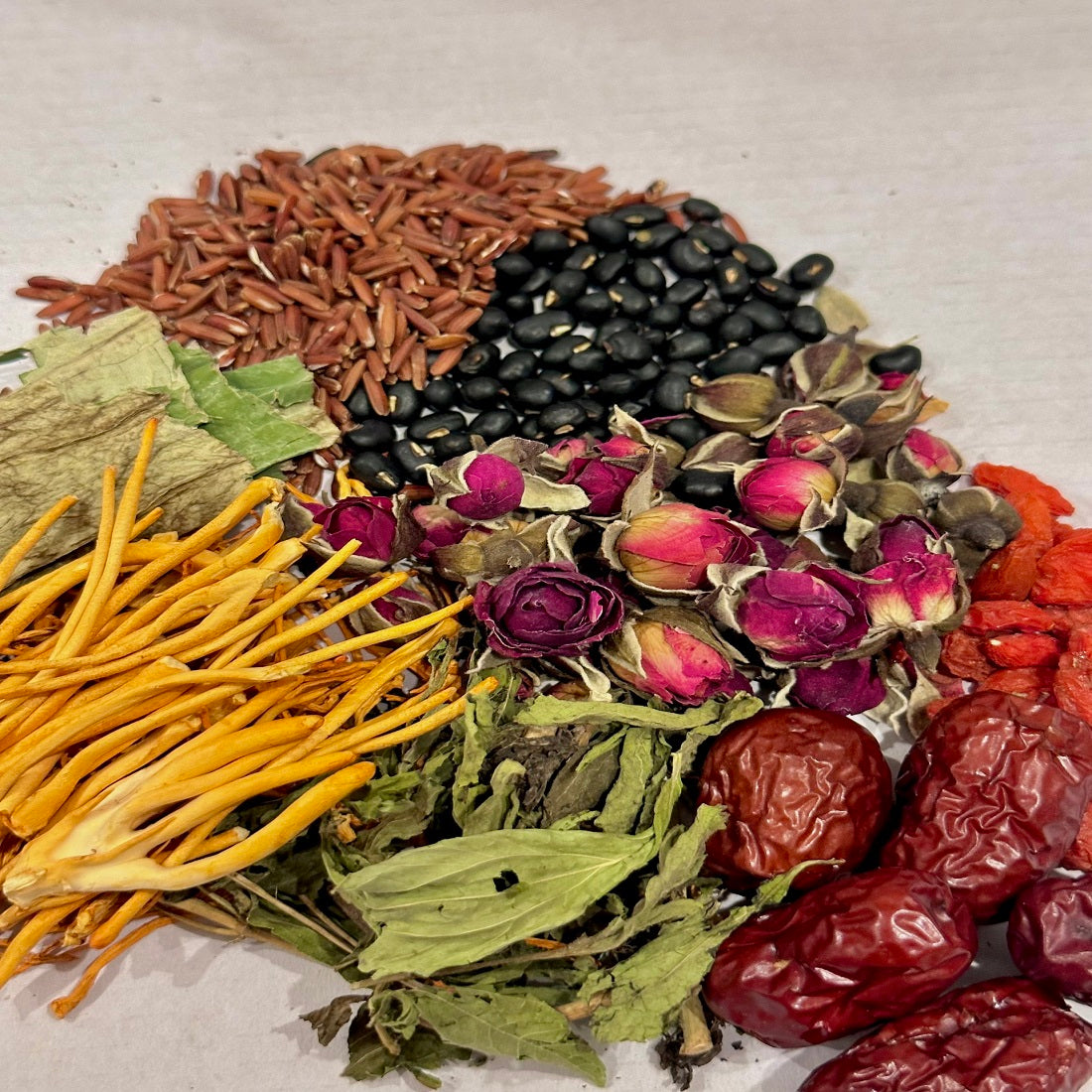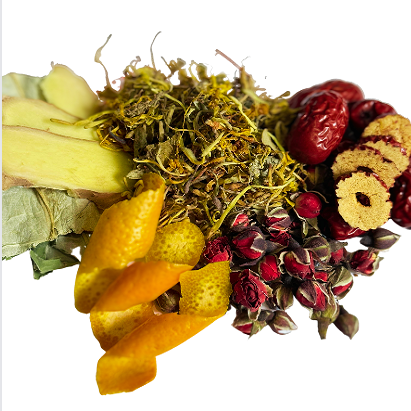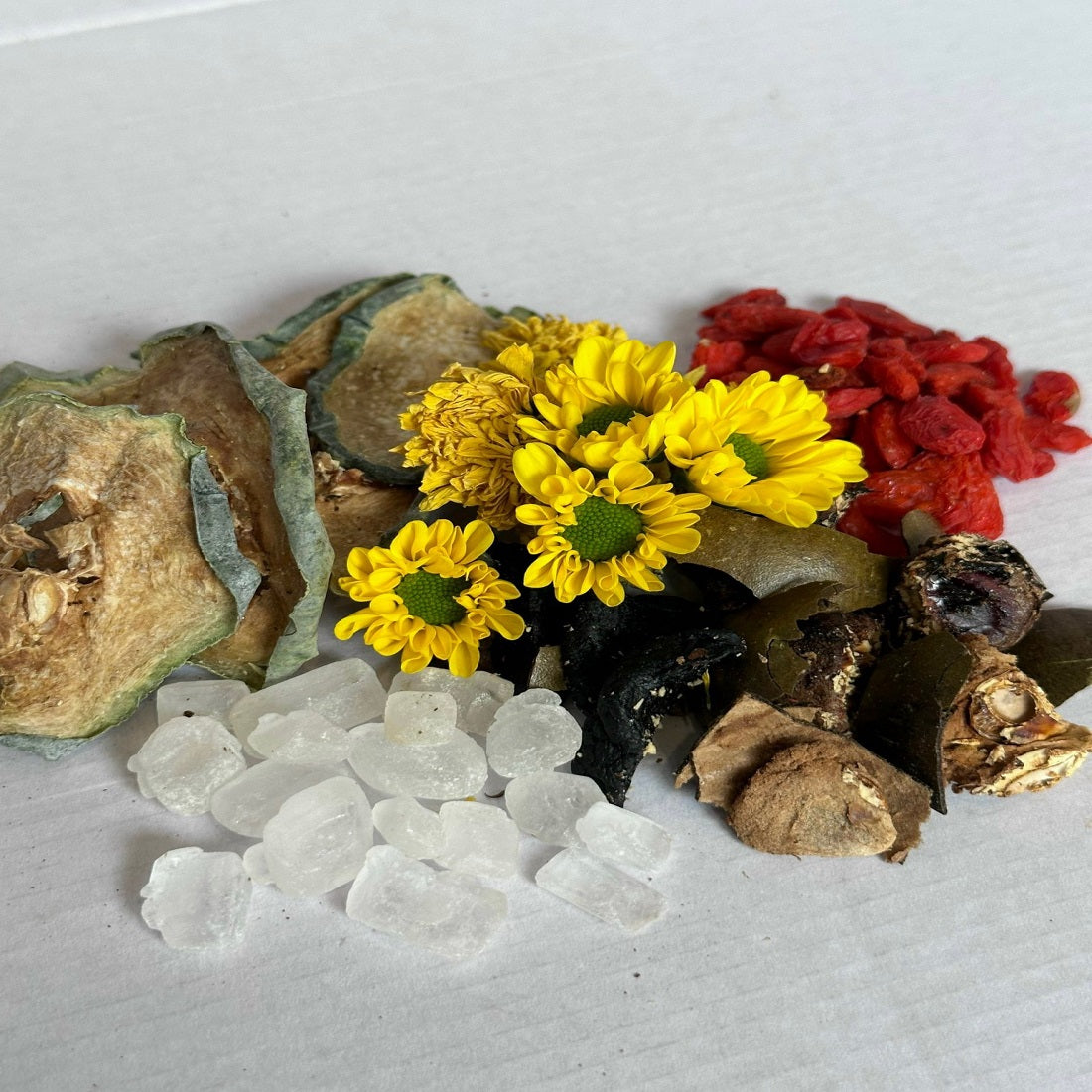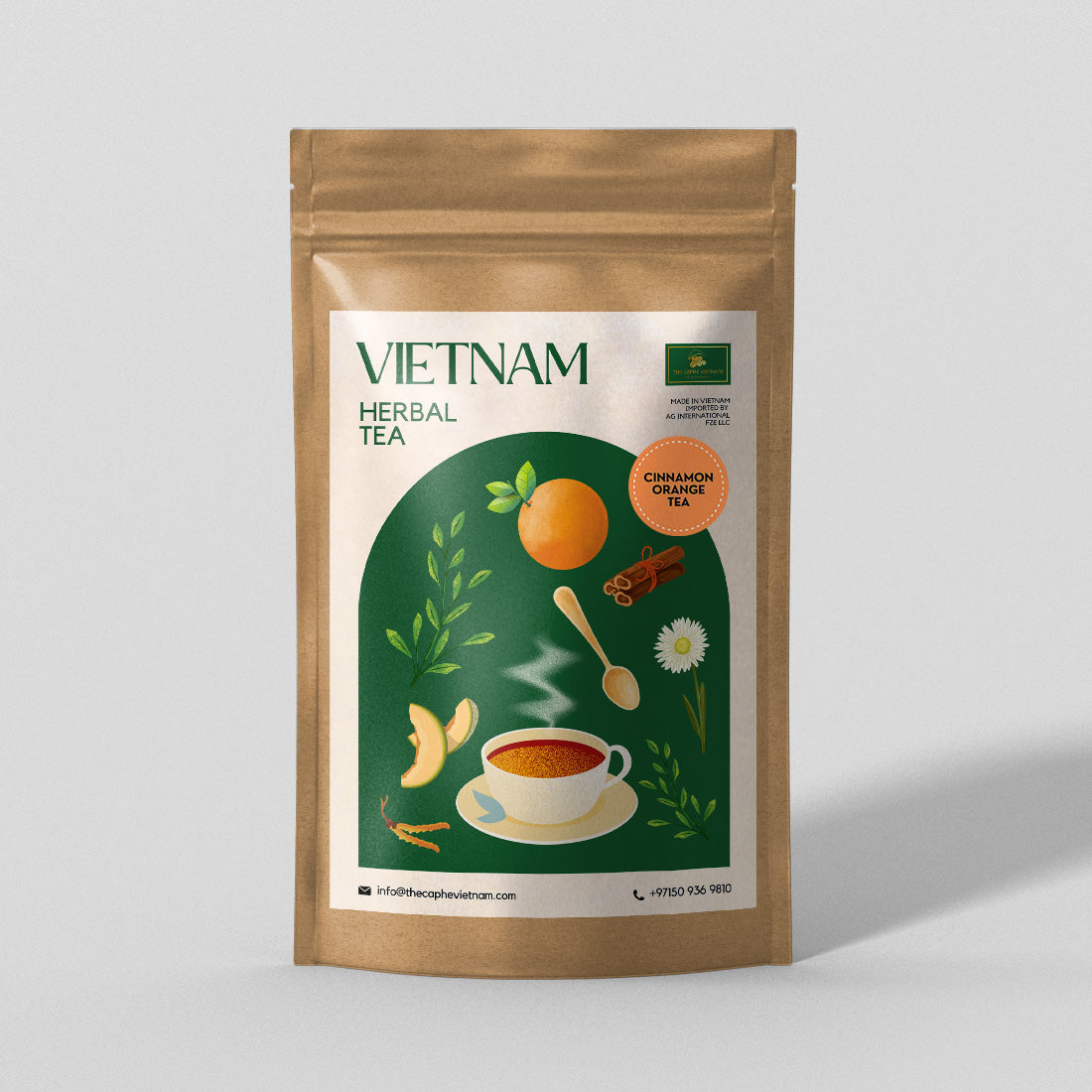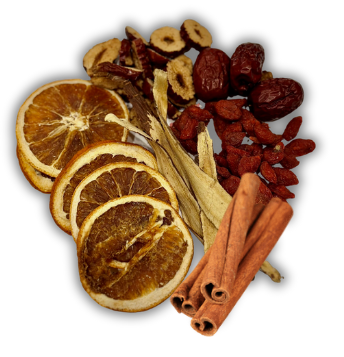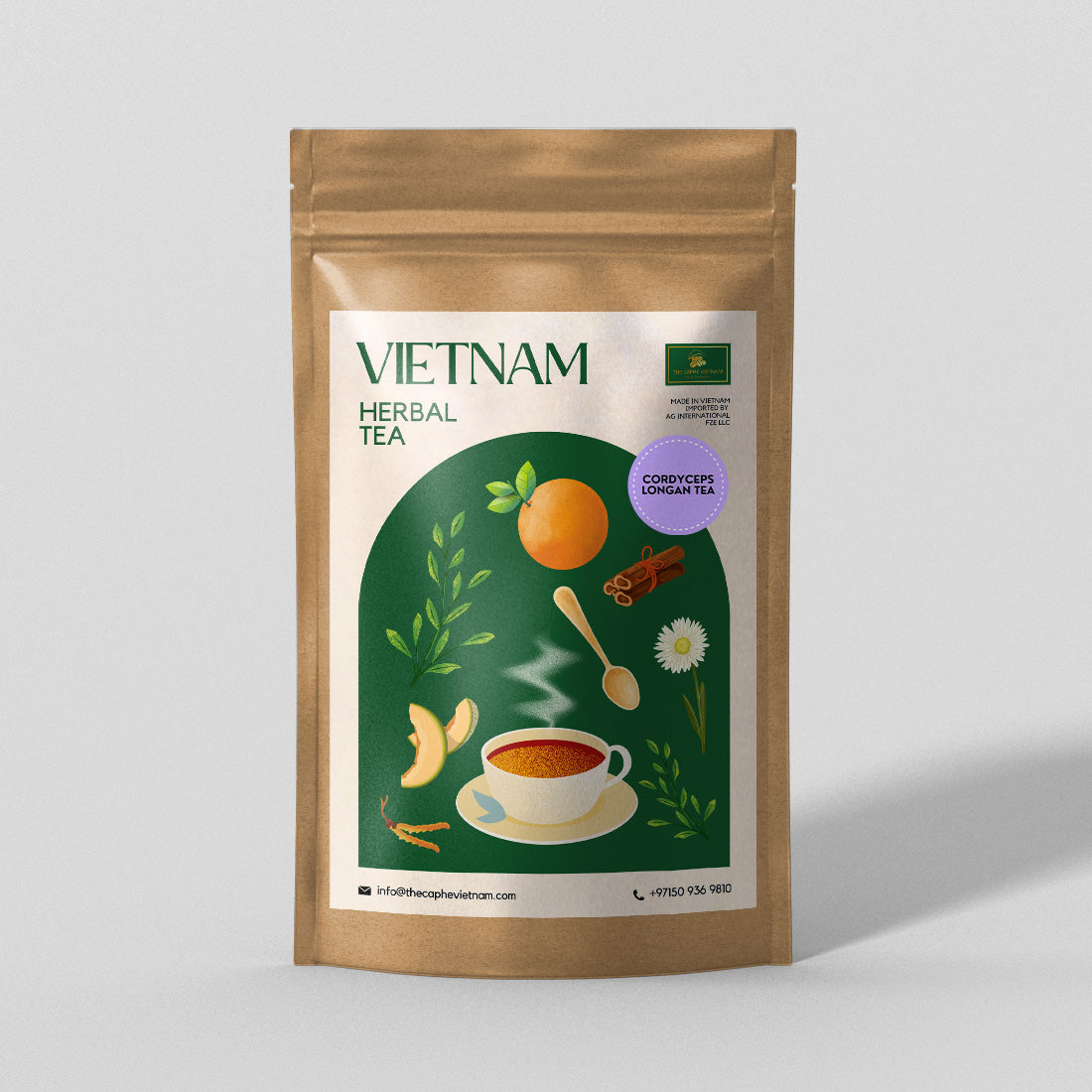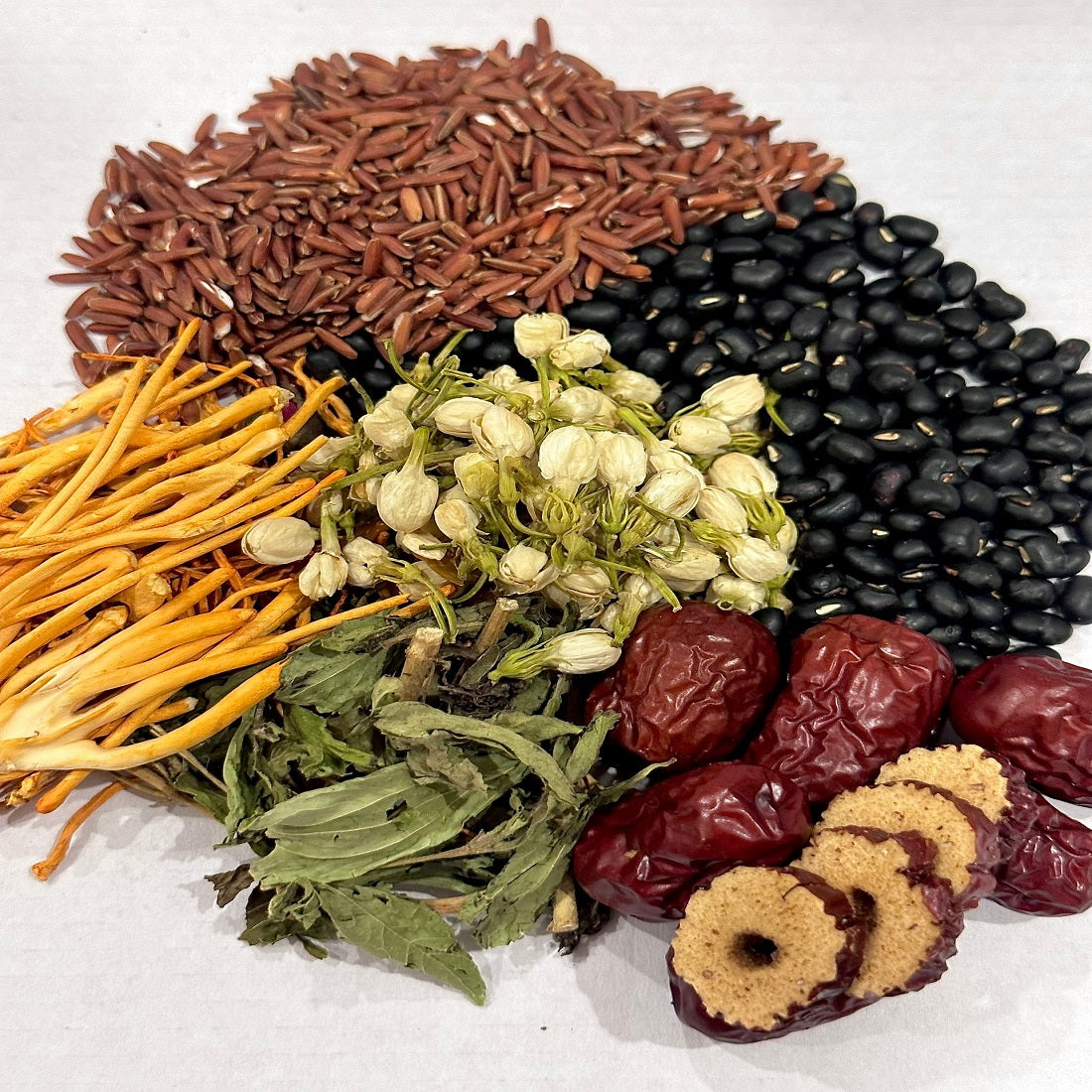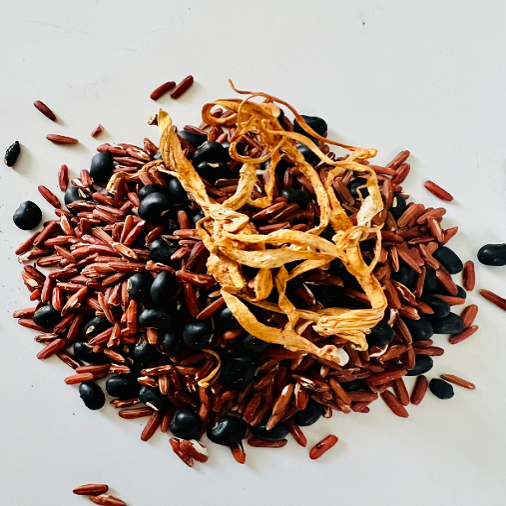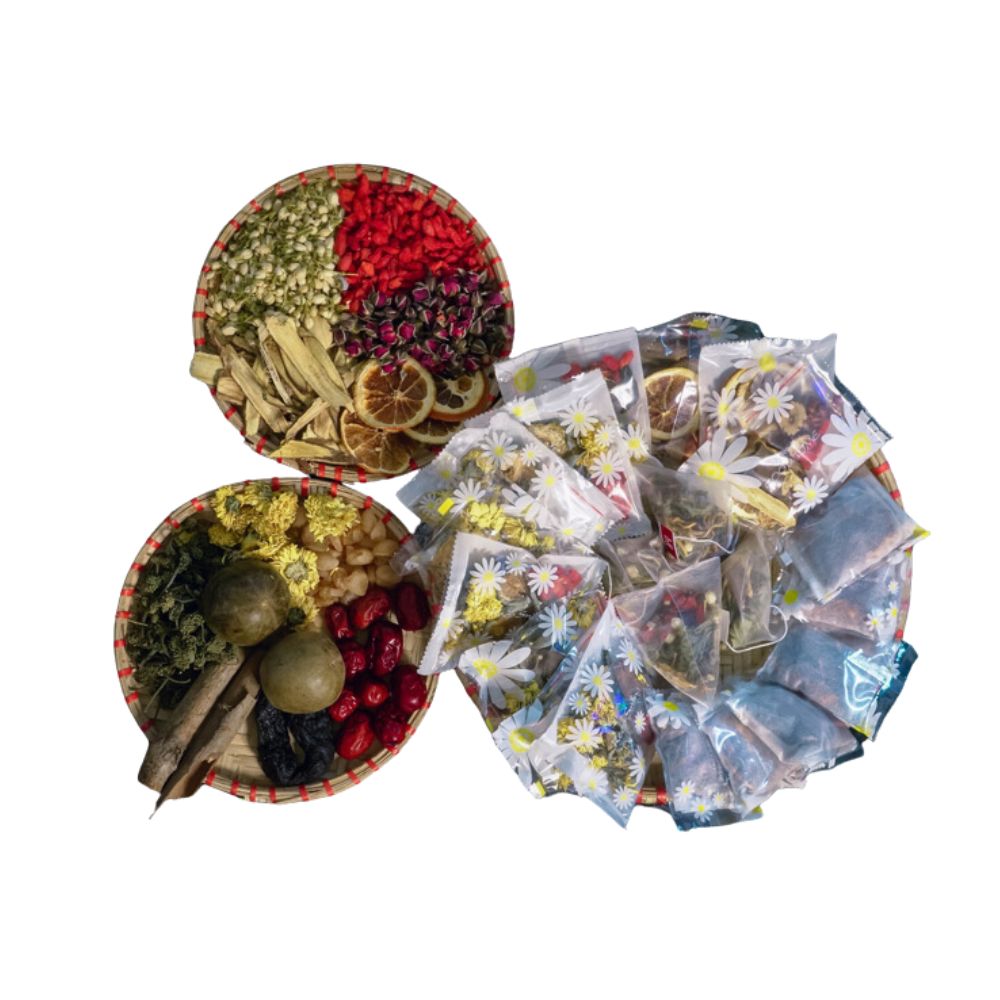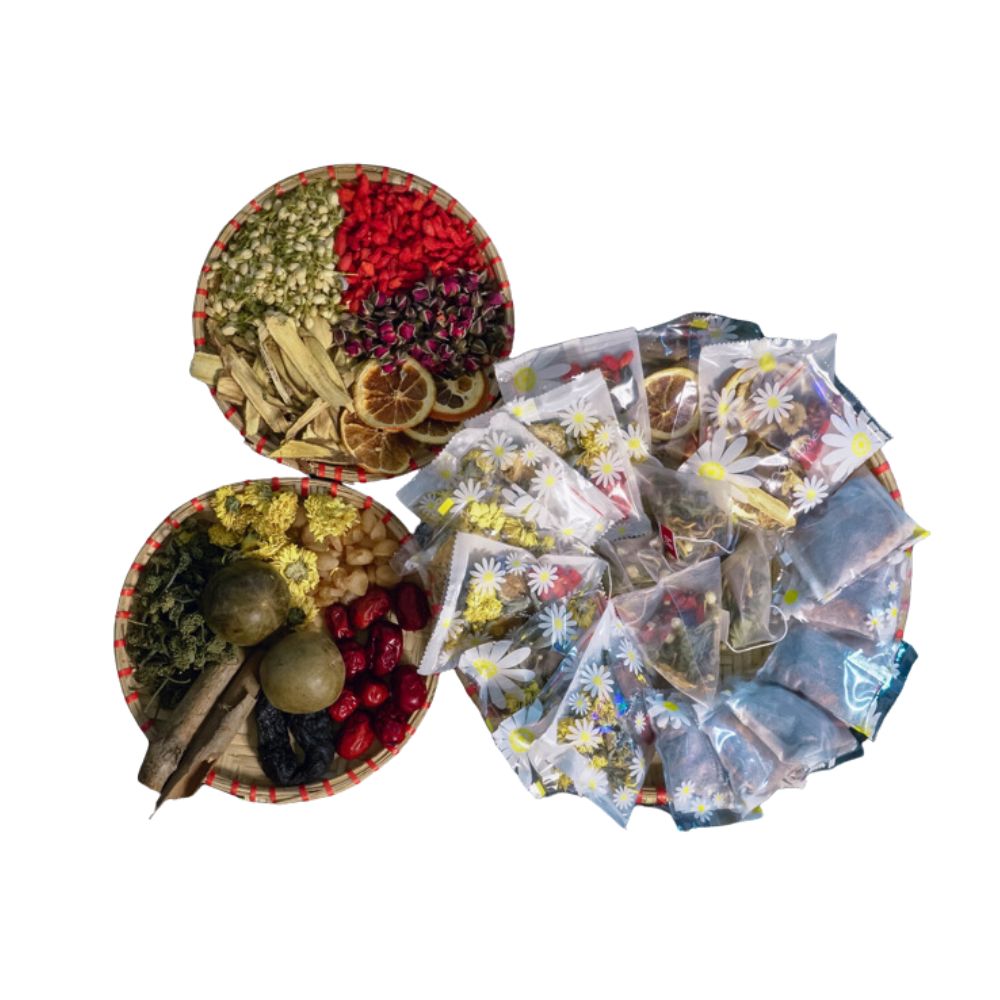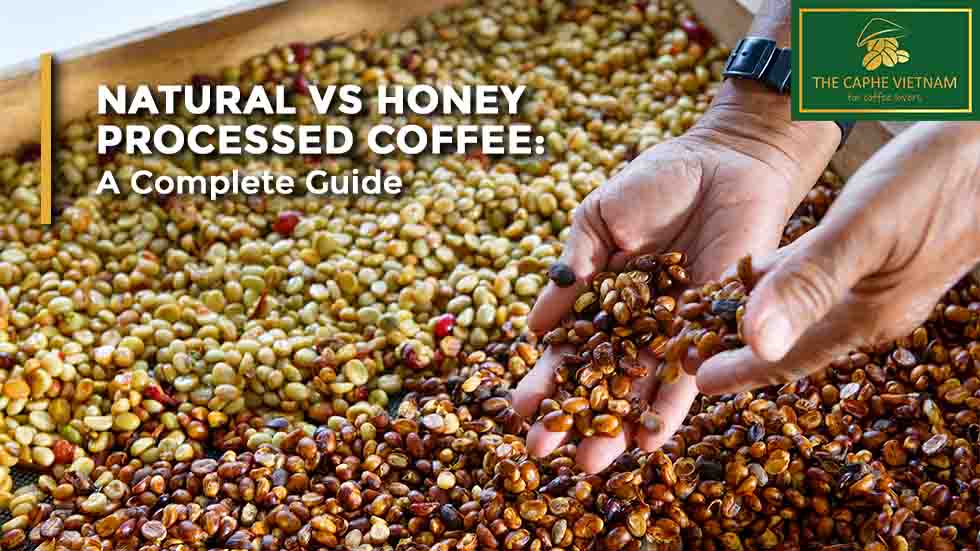
Natural vs. Honey Processed Coffee: A Complete Guide

If you're a coffee connoisseur, you've certainly come across the terms washed, unwashed (natural), and honey while selecting your brew.
To understand the difference between natural vs. honey processed coffee, it's vital to have a broad awareness of the coffee berry's entire history. You might be surprised to learn that coffee is a fruit and not a bean. The 'bean' is confined in a fleshy outer mucilage and is also known as the 'coffee cherry.' To put it simply, the fruit is planted, grown to maturity, and harvested; the bean is then separated from the fruit, then dried, roasted, packaged, and brewed.
However, if you want to understand natural vs. honey processed coffee to find the best brew as per your choice, you should first know all the processes from scratch.
Natural/Dry/Unwashed Process
Natural processed coffees are manufactured without using water during the roasting process, and nothing is removed from the coffee cherry. The skin and mucilage on the coffee cherry's exterior are not removed, and the beans inside are allowed to ferment within the fruit. As a result of fermentation, the peel and mucilage on the surface of the cherry lend fruity and pleasant flavors to the beans within. Although there is nothing special about natural processed coffee, there are numerous other techniques of a natural process, such as extended fermentation, carbonic maceration, etc., that experiment with various factors such as fermentation time, oxygen deprivation, and so on.
With time, the natural process has been seen as a lower-quality approach that results in inconsistent flavors. Unripe fruit drying and becoming brown along with ripe fruits is a common cause of this discrepancy. However, many believe that this process has the potential to produce the best flavorful coffees and that a resurgence is just around the corner. If there's consistency, natural coffees may match washed coffees in terms of clarity and provide a variety of interesting aromas and characteristics.
Honey/Pulped Natural Process
The pulped natural or honey method is a technique in which coffee cherries are de-pulped but allowed to dry without being washed. A portion of the fruit remains, but not nearly as much as expected from a natural process. Most of the cherry is gone, but the golden, sticky mucilage that remains smells like honey, which is where the process gets its name.
This utilizes less water, which is a benefit to the cultivators. Allowing the fruit to dry on the bean means it's more likely to be physically removed from the milling rather than being washed off.
Color Texture During Honey Process
Since the coffee is dried during the honey process, the sticky coating on the beans' skin oxidizes and darkens in color. Owing to the golden yellow tint that forms during the process, the product formed is sometimes referred to as yellow honey. The fermentation is allowed to continue, and the mucilage oxidizes more, turning crimson and then black. Furthermore, the more fruit remains on the bean, the darker the color gets. Compared to yellow honey, the black honey method can have more fruit left on the bean throughout the drying process.
As the coffee beans dry, the yellow honey method is turned more frequently to encourage drying, while red and black are turned less frequently. The length of the drying process determines whether the coffees develop fruity flavors or not.
Natural vs. honey processed coffee: Which Is Better?
Traditionally, coffee farmers process their beans using natural (or dry) or washed methods. The honey (or pulped natural) approach is a hybrid process that incorporates elements of both processes to create unique flavor distinctions.
Natural or dry method coffees are a return to the basics in terms of preparation. The trend originated in an African country and has been in use for many years. Farmers first wash the stray cherries before drying them in the sun. This will be difficult to do anywhere because the climate must be conducive to ensuring the beans dry evenly and rapidly while the cherries ripen. The method's riskiest element is separating the green bean from the dried and fermented cherry. Natural-processed coffees are frequently the most flavorful.
On the other hand, in a honey process, a lot of the mucilage from the fruit remains on the bean after the skin and pulp are removed through water and fermentation. Thus, the honey coffee technique tends to have sweet flavors to it. The mucilage has a honey-like appearance, which is why the process is referred to as the honey process. This procedure is commonly referred to as "fully washed" but with less water.
Final Verdict!
Among honey vs. natural processed coffee, both put an emphasis on processing in a way that uses few or no alternative resources. The coffees retain their aroma, flavor, and texture by not adding or subtracting anything, and even if the process removes something, it is in mild proportion. As a result, natural and honey processed coffees are frequently described as complex, expressive coffees with experience and taste that range from rich fruitiness to intense acidity and sticky bodies.

